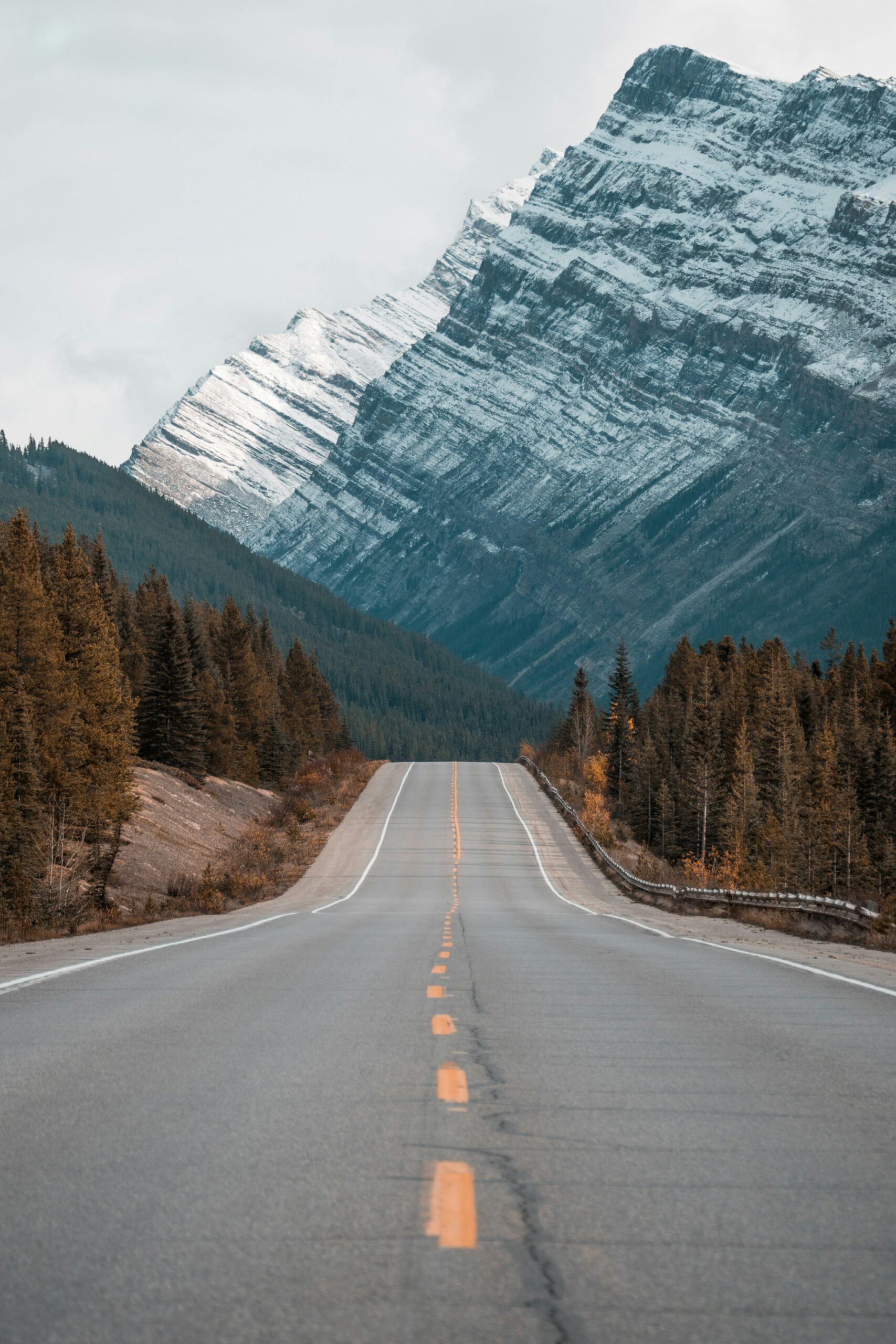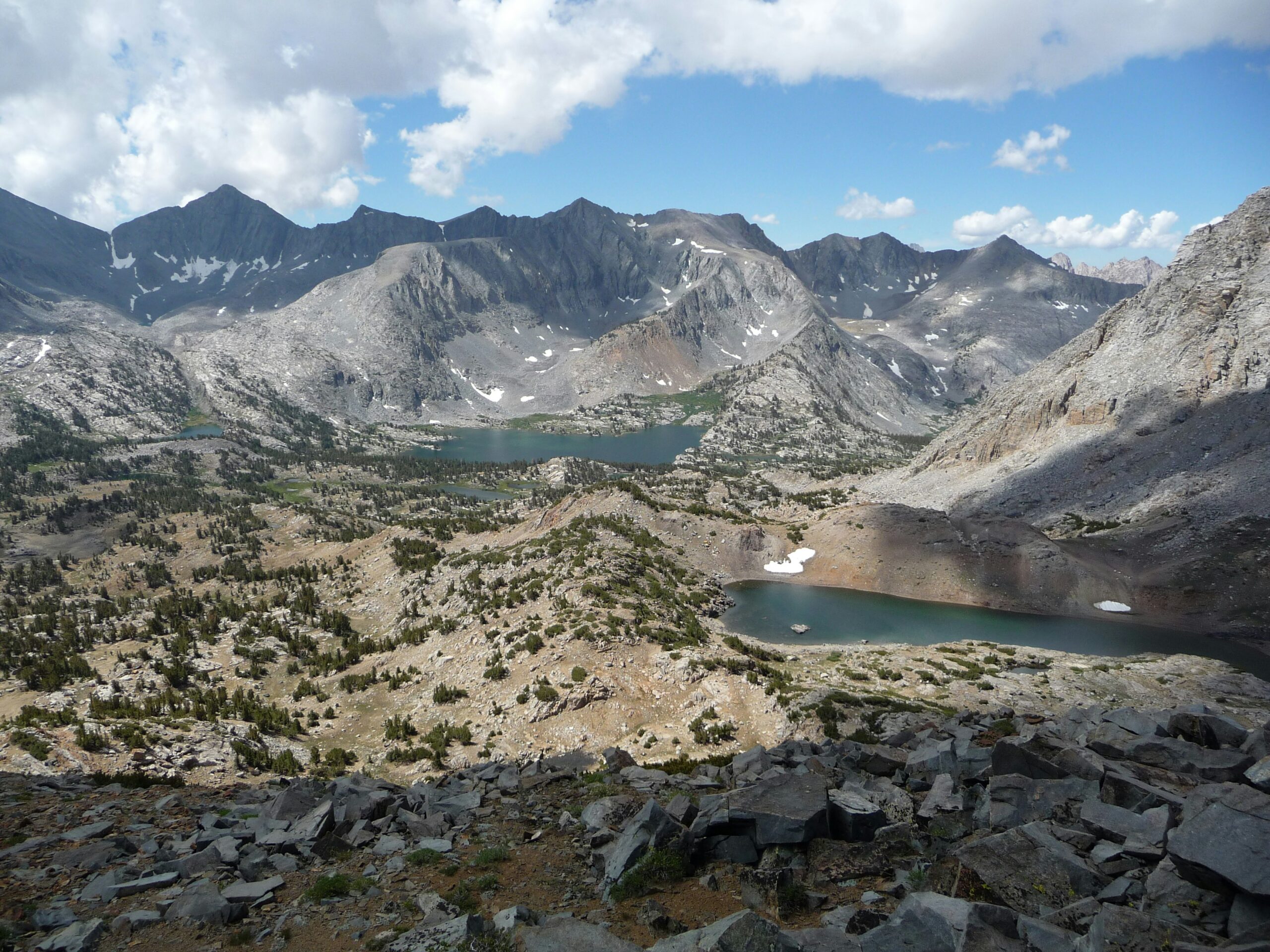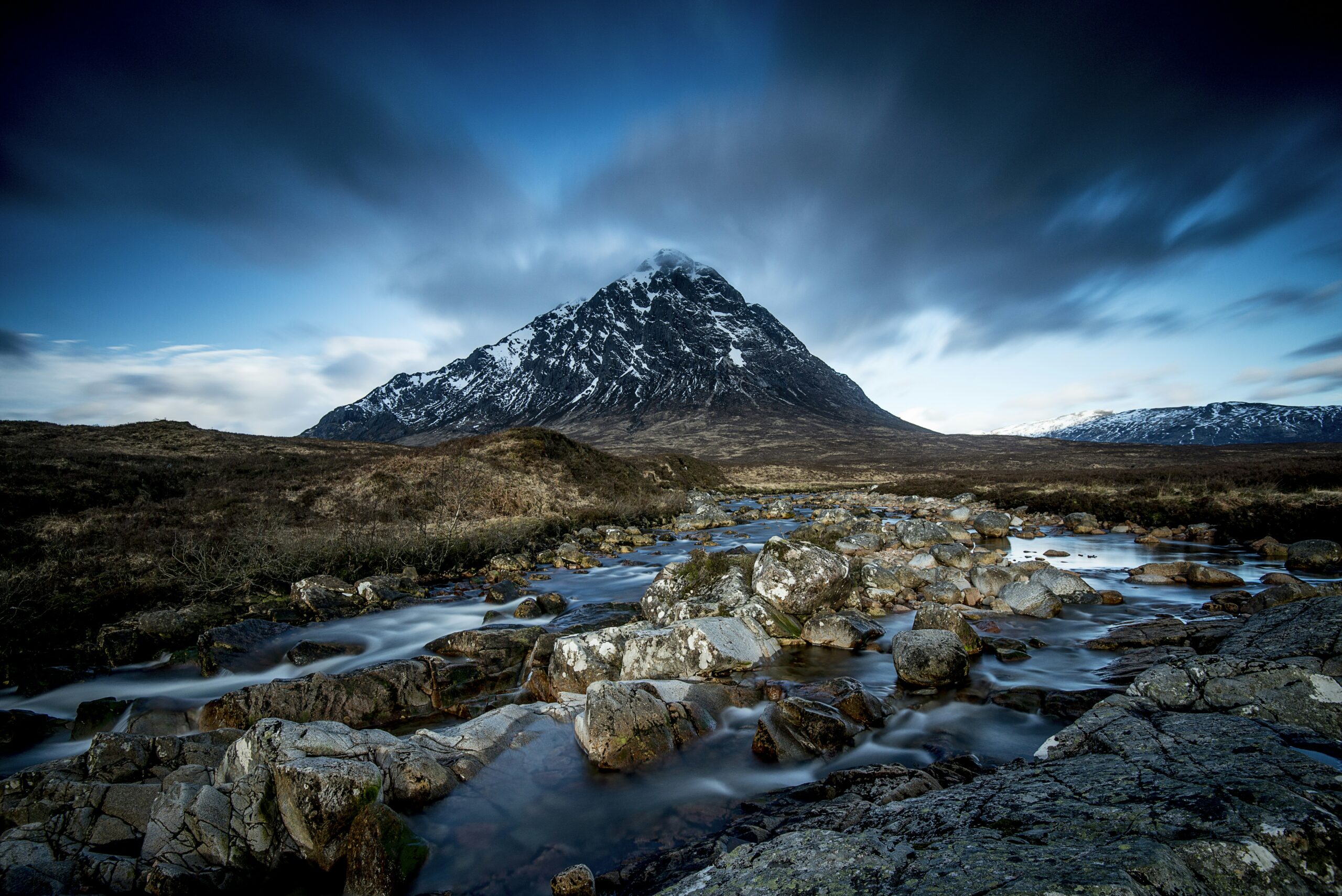Imagine standing at the base of Mount Shasta, its majestic peak glistening with snow under the radiant sun. Your heart races with both excitement and trepidation as you prepare to embark on a daring climb. But amidst the thrill, a nagging question arises: just how common is it to die while climbing Mount Shasta? This article aims to shed light on the statistics and realities surrounding fatalities on this iconic mountain, ensuring that you are equipped with the knowledge to make an informed decision as you venture into the unknown.

Overview of Mount Shasta
Mount Shasta, located in Northern California, is a majestic peak known for its immense beauty and challenging climbing routes. Standing at an elevation of 14,179 feet, this dormant volcano attracts climbers from around the world seeking adventure and stunning views. With its snow-capped summit and towering slopes, Mount Shasta presents an exciting and rewarding experience for those who dare to conquer its heights.
Geographical stats of Mount Shasta
Situated in the southern part of the Cascade Range, Mount Shasta dominates the surrounding landscape. Its prominence can be seen from miles away, and it serves as a prominent landmark in the region. Mount Shasta is composed of four volcanic cones, each adding to its unique geological character. These include the main summit, Shastina, Sargents Ridge, and Misery Hill. Its massive size, coupled with its proximity to other peaks in the range, makes Mount Shasta an awe-inspiring sight.
Climatic conditions of Mount Shasta
Mount Shasta experiences a variety of weather conditions throughout the year. The climate is influenced by its high elevation, with colder temperatures prevailing at the summit. Summers are typically mild, with temperatures ranging from 50 to 70 degrees Fahrenheit. However, on the upper slopes, temperatures can drop significantly, and sudden weather changes, including snowstorms, are not uncommon. Winter conditions are harsh, with heavy snowfall and freezing temperatures. Careful planning and preparation are crucial to navigate the challenging weather patterns on Mount Shasta.
Popularity of climbing Mount Shasta
The allure of Mount Shasta extends far and wide, attracting climbers of all skill levels. Its popularity can be attributed to several factors. Firstly, its accessibility makes it an attractive option for climbers seeking a challenging yet feasible summit. Additionally, the picturesque surroundings and breathtaking views make for a rewarding experience. Mount Shasta also offers a range of climbing options, from technical routes for experienced mountaineers to more straightforward ascents for beginners. This versatility further contributes to its popularity among climbers of various backgrounds and abilities.
General Risks Associated with Mountain Climbing
While climbing mountains can be an exhilarating and fulfilling endeavor, it is essential to acknowledge and understand the risks involved. Mountaineering inherently carries certain dangers and challenges, which climbers must be prepared to face.
Health risks of high-altitude climbing
One of the primary risks of mountain climbing, especially on higher peaks like Mount Shasta, is the potential for altitude sickness. As climbers ascend to higher elevations, the decreased oxygen levels can lead to various symptoms, including headaches, nausea, dizziness, and fatigue. In severe cases, altitude sickness can progress to life-threatening conditions, such as pulmonary or cerebral edema. It is crucial to acclimate properly, hydrate adequately, and recognize the signs of altitude sickness to mitigate these health risks.
Physical dangers presented by rocky terrain
Mountains, including Mount Shasta, are characterized by rugged and treacherous terrain. Steep slopes, loose rocks, and unstable surfaces pose significant physical dangers to climbers. Falls, slips, and injuries are common risks associated with navigating rocky landscapes. Climbers must exercise caution, wear appropriate footwear and protective gear, and possess competent rock climbing skills to minimize these hazards.
Dangers related to unpredictable weather
Mountain weather is known for its unpredictability, and Mount Shasta is no exception. Climbers must be prepared to face sudden weather changes, including heavy snowstorms, high winds, and sub-zero temperatures. These conditions can increase the risk of hypothermia, frostbite, and disorientation. Monitoring weather forecasts, carrying proper clothing and equipment, and having the flexibility to postpone or alter plans are crucial safety measures to counter the dangers of volatile mountain weather.
Risks due to lack of climbing experience
Inexperience in mountaineering can significantly increase the risks associated with climbing Mount Shasta. Novice climbers may lack the necessary skills and knowledge to navigate challenging terrain, respond to emergencies, or make sound judgment calls. It is advisable to gain experience through training, practice on smaller peaks, and seek guidance from experienced climbers or professional guides. Acquiring adequate climbing skills and experience is vital to ensure a safer and more enjoyable climbing experience.
Specific Dangers of Climbing Mount Shasta
While there are general risks associated with mountain climbing, Mount Shasta presents its own set of unique challenges and hazards.
Sudden weather changes and avalanche dangers
Mount Shasta's volatile weather patterns make it susceptible to sudden changes, increasing the risk of blizzards and avalanches. Climbers must be prepared to face whiteout conditions and the potential for avalanches, especially in the winter months and springtime. It is crucial to monitor weather conditions continuously, carry avalanche safety gear, and be knowledgeable about assessing snow stability to mitigate these specific dangers.
Physical difficulty and risk of fatigue on Mount Shasta
Ascending Mount Shasta requires considerable physical endurance and stamina. The high altitude and steep slopes demand cardiovascular fitness and strength. The long hours of continuous exertion can lead to fatigue, making climbers more susceptible to accidents and poor decision-making. Proper physical training, including cardiovascular exercises and strength training, can help build the necessary stamina to tackle the physical demands of the climb and reduce the risk of fatigue-related mishaps.
Hazards of glacial travel on Mount Shasta
Mount Shasta boasts several glaciers, adding to its natural allure. However, navigating these icy expanses comes with inherent risks. Falling into a crevasse, encountering hidden hazards beneath the snow, or experiencing unexpected changes in glacial topography can all lead to accidents. Climbers venturing onto the glaciers must have the appropriate gear, such as crampons and ice axes, and possess the necessary skills to travel safely on glacial terrain. Acquiring knowledge of glacier travel techniques and understanding potential hazards is crucial for minimizing these risks.
Annual Climber Statistics
Understanding the frequency and characteristics of climbers on Mount Shasta can provide valuable insights into the climbing community and the challenges they face.
Total number of climbers each year
Mount Shasta attracts a considerable number of climbers annually, with thousands of individuals attempting the summit. The exact figures vary from year to year, influenced by factors such as weather conditions and access restrictions. The popularity of Mount Shasta, coupled with its accessibility, ensures a steady flow of climbers eager to conquer its heights.
Most common months for climbing
Climbing on Mount Shasta is possible throughout the year, but certain months witness higher activity. Summer months, especially June, July, and August, are the most popular for climbers due to more favorable weather conditions and more extended daylight hours. These months offer a higher chance of success and a safer climbing experience. However, some experienced mountaineers opt for winter climbs, attracted by the challenge and solitude that the colder months bring.
Success rate percentages
While climbing Mount Shasta is a challenging endeavor, the success rates are relatively high compared to other major peaks. On average, approximately 60-70% of climbers successfully reach the summit. The accessibility of climbing routes, favorable weather conditions during peak climbing months, and the availability of experienced guides contribute to these relatively high success rates. However, it is crucial to note that success should never be taken for granted, and proper planning and preparation are essential to ensure a safe and successful climb.
Demographics of climbers
Climbers attempting Mount Shasta come from diverse backgrounds and cultures, united by their shared passion for adventure and mountaineering. While specific demographic data is not readily available, it is evident that climbers range in age, experience level, and geographical location. Mount Shasta serves as an inclusive destination, welcoming climbers from around the world to tackle its slopes and test their limits.

Climbing Deaths on Mount Shasta
Tragically, climbing-related fatalities do occur on Mount Shasta. It is essential to examine these occurrences to raise awareness and understand the risks involved.
Annual number of climbing deaths
The number of climbing-related deaths on Mount Shasta varies from year to year. On average, there are a few fatalities reported annually. The exact causes and circumstances surrounding these tragic incidents can vary, emphasizing the importance of climbing preparedness, safety measures, and caution.
Most common causes of deaths
The primary causes of climbing fatalities on Mount Shasta can be attributed to a combination of factors. Weather-related incidents, including avalanches and severe storms, are some of the most common causes. Falls and accidents on treacherous terrain also contribute to the number of fatalities. In some cases, medical emergencies or the lack of proper equipment and skills may contribute to fatal outcomes. It is crucial for climbers to be aware of these dangers and take appropriate precautions.
Comparison with other major peaks' death rates
While every climbing fatality is a tragedy, Mount Shasta's death rates are relatively lower compared to other major peaks worldwide. The accessibility and popularity of Mount Shasta, coupled with its generally less technical routes, contribute to a more manageable and safer climbing experience than that of more challenging and remote peaks. However, climbers must not underestimate the risks and should always prioritize safety and preparation.
Preemptive Measures to Avoid Accidents
Taking proactive steps and adopting a safety-oriented mindset can significantly reduce the likelihood of accidents and mishaps during mountaineering expeditions.
Proper training and conditioning
Obtaining the necessary training and physical conditioning is essential for all climbers. Various organizations and climbing schools offer courses that cover essential skills, techniques, and safety protocols. These courses focus on topics such as rope handling, navigation, glacier travel, and rescue techniques. Additionally, physical conditioning, including cardio exercises, strength training, and hiking with a weighted backpack, can help climbers prepare their bodies for the rigors of mountaineering.
Climbing with an experienced guide
For inexperienced climbers, seeking the guidance of an experienced and knowledgeable guide can greatly enhance safety and increase the chances of a successful summit. Qualified guides possess intimate knowledge of the terrain, weather patterns, and potential hazards on Mount Shasta. They can guide climbers through difficult sections, provide instruction on technical skills, and make critical decisions regarding route selection and timing. Climbing with a guide also offers a valuable opportunity to learn and gain experience for future expeditions.
Weather awareness and preparedness
Being well-informed about current and forecasted weather conditions is paramount for safe climbing on Mount Shasta. Climbers should regularly monitor weather reports, paying particular attention to any severe weather warnings or sudden changes. Carrying appropriate clothing and equipment, including layers for insulation, waterproof gear, and navigation tools, is essential for being adequately prepared. Building flexibility into climbing plans and having contingency options in case of adverse conditions is also advisable.

Role of Rescue Teams
In any climbing community, the presence of dedicated rescue teams plays a vital role in ensuring the safety and well-being of climbers.
Size and resources of Mount Shasta's rescue teams
Mount Shasta is served by a network of skilled and highly trained rescue teams. These teams consist of professionals and volunteers dedicated to mountaineering rescue operations. They possess extensive knowledge of the mountain, search and rescue techniques, and emergency medical care. The rescue teams are equipped with specialized gear and communication devices to aid in locating and assisting stranded or injured climbers.
Number and type of rescues each year
The number of rescues on Mount Shasta varies depending on multiple factors, including the number of climbers attempting the peak, weather conditions, and the climbers' experience levels. The specific types of rescues can range from medical emergencies and injuries to lost or stranded climbers. The rescue teams conduct search and rescue missions involving helicopter support, technical rope systems, and cold-weather operations.
Testimonials from rescued climbers
Countless climbers have expressed gratitude for the swift and professional assistance provided by the rescue teams on Mount Shasta. Stories of successful rescues highlight the crucial role these teams play in saving lives and ensuring the safe return of climbers. The knowledge, skills, and dedication of the rescue teams provide peace of mind to climbers, knowing that help is available in times of need.
Survivor Stories
Survivors of climbing accidents on Mount Shasta have shared their experiences, providing valuable insights and lessons to learn from.
Accounts from climbers who have survived accidents
Survivors of climbing accidents on Mount Shasta recount their ordeals, often emphasizing the importance of proper preparation and decision-making. Their stories highlight the unpredictability of mountain environments and serve as a reminder of the risks involved in mountaineering. Survivors often stress the significance of training, being aware of personal limitations, and making informed choices while on the mountain.
What these survivors attribute their survival to
The survivors of climbing accidents on Mount Shasta credit their survival to various factors. These include early recognition of potential dangers, remaining calm during emergencies, utilizing necessary safety equipment, and relying on their prior training and experience. Support from fellow climbers and the expertise of rescue teams are also cited as critical elements in their successful survival. These accounts underscore the importance of being adequately prepared and maintaining a mindset focused on safety and risk management.
Impact of Climbing Deaths on Mount Shasta community
The occurrence of climbing deaths on Mount Shasta has far-reaching effects, impacting not only the climbers themselves but also the local community and fellow mountaineers.
Mental, emotional impact on fellow climbers and community
Climbing fatalities on Mount Shasta have a profound emotional impact on the climbing community and the local community at large. The loss of a fellow climber serves as a stark reminder of the risks and dangers associated with the sport. Grieving for the loss of life affects not only friends and family but also the broader community of climbers who share a deep passion for mountaineering.
Changes in climbing regulations following deaths
In response to climbing fatalities, authorities and governing bodies have periodically reassessed climbing regulations on Mount Shasta. These revisions aim to enhance safety standards, educate climbers about potential risks, and enforce adherence to best practices. Climbing permits, safety briefings, and specific route requirements are some of the measures implemented to minimize accidents and foster a culture of safety.
Economic impact on the local community
Climbing on Mount Shasta brings economic benefits to the local community, with climbers visiting the area, patronizing local businesses, and contributing to the tourism industry. However, climbing accidents and fatalities can have a negative impact on the local economy. Negative media coverage and concerns about safety may deter potential climbers, leading to a decline in revenue generated from climbing-related activities. The importance of maintaining safety measures and promoting responsible climbing practices becomes crucial in preserving the economic well-being of the community.
Maintaining Respect for Mountain and Life
In the pursuit of climbing success, it is essential to maintain a deep respect for the mountain and the sanctity of life.
The spiritual or philosophical importance of Mount Shasta
Mount Shasta holds significant spiritual and philosophical importance for many people. It is considered a sacred site by indigenous communities and holds mythological and spiritual associations. The mountain's awe-inspiring beauty and its connection to nature inspire feelings of reverence and introspection. Climbers are encouraged to approach Mount Shasta with humility, respecting its cultural and spiritual significance.
Balancing the desire for climbing success with respect for life and nature
While the drive for climbing success is understandable, it is vital to balance this ambition with a profound respect for life and the natural environment. Recognizing the risks involved and taking appropriate precautions demonstrates a responsible approach to climbing. Respecting the environment by leaving no trace, adhering to designated routes, and practicing safe climbing techniques contributes to the preservation of Mount Shasta's beauty and ecological integrity.
In conclusion, Mount Shasta is a breathtaking destination that offers a challenging yet rewarding climbing experience. Understanding the geographical stats, climatic conditions, and popularity of Mount Shasta provides a foundation for aspiring climbers to prepare adequately. It is crucial to acknowledge the general risks associated with mountain climbing and the specific dangers posed by Mount Shasta. Annual climber statistics shed light on the number of climbers attempting the peak, the success rates, and the demographics of climbers. Tragically, climbing deaths do occur, underscoring the need for preemptive measures to avoid accidents and the essential role of rescue teams. Survivor stories offer valuable insights and emphasize the importance of maintaining respect for the mountain and life itself. Mount Shasta's climbing community is impacted emotionally, leading to changes in climbing regulations and affecting the local economy. Ultimately, maintaining a balance between the desire for climbing success and respect for life and nature ensures a safer and more fulfilling climbing experience on Mount Shasta.
